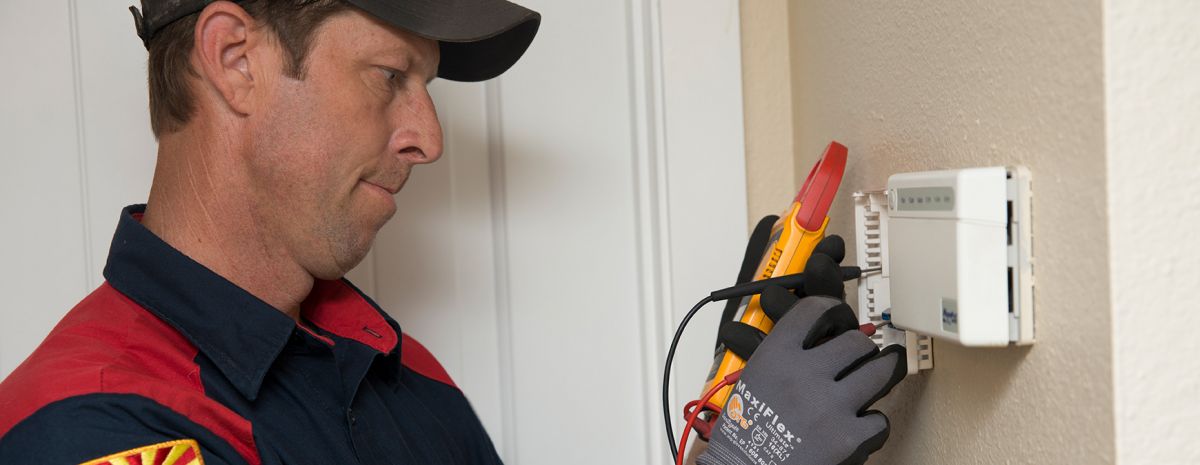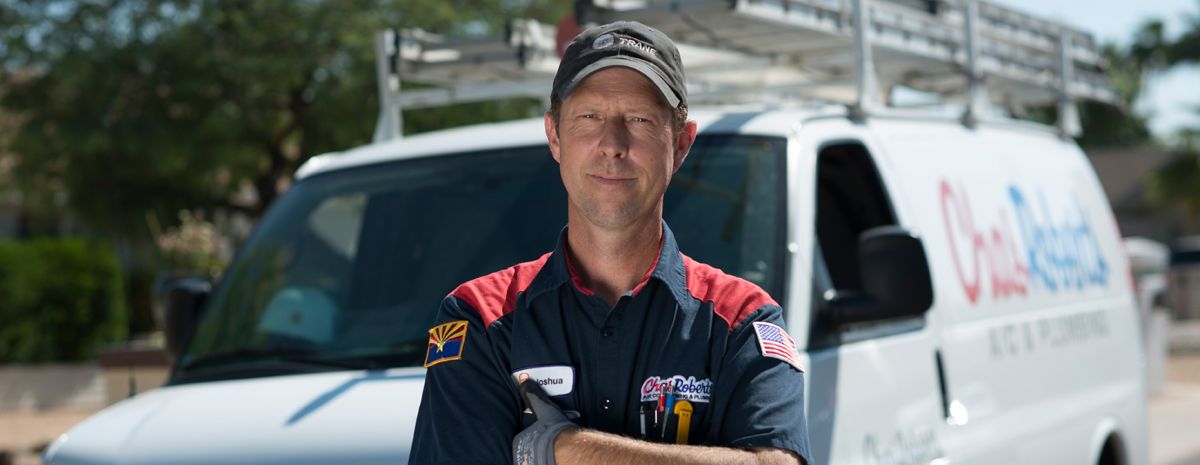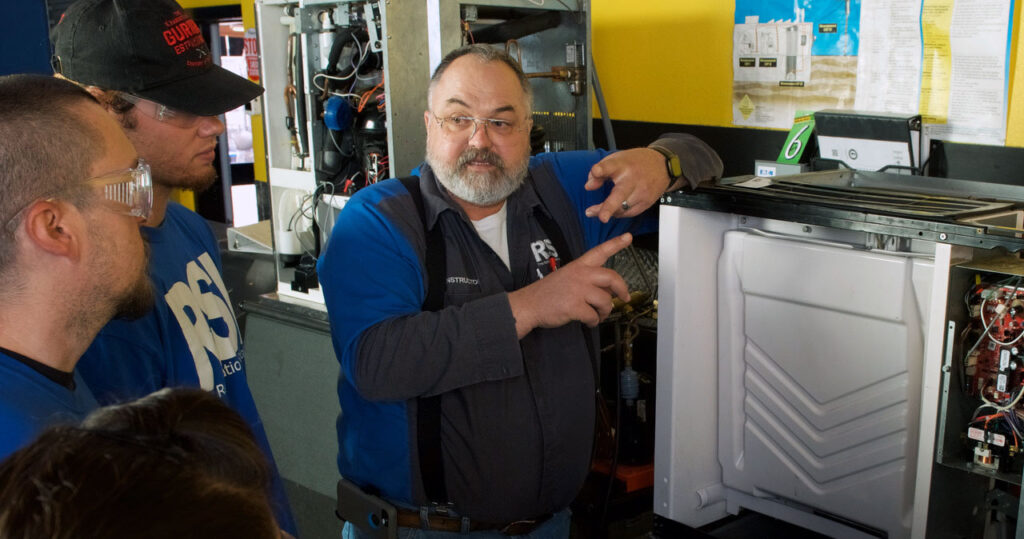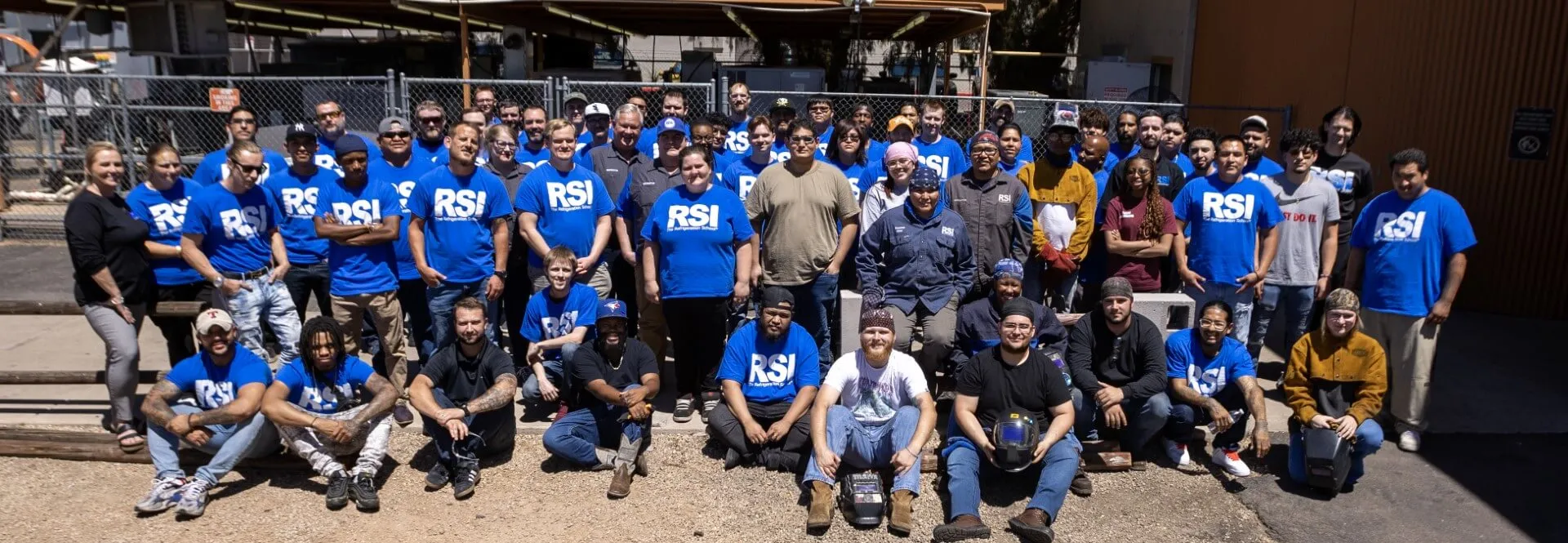RSI is a Great Training Option for Everyone
Learn more about how we can prepare you to advance your career.
As a new technician in the field, it can be daunting to know where to begin when confronted with your first few service calls.
An HVAC training program can show you the principles of maintenance, repair and installation. But, you may find it helpful to have a go-to diagnostics checklist too.1
Planning ahead could save you valuable time and energy when on a service call. Instead of taking a shot in the dark, this clearly defined set of procedures could simplify the diagnostics process.1 And with efficient troubleshooting, there’s a much higher likelihood of pulling off a successful job and leaving customers satisfied.
Here are 4 technical service call tips to consider adding to your diagnostics checklist.
1. Speak with the Customer Directly
Making contact with the customer is an important starting point for a variety of reasons. While there’s a customer service element to this initial communication, it’s also a critical component of your diagnostic efforts. It provides you with an opportunity to ask some probing questions to get a clearer idea of what the HVAC service call is about.2
Get Started on the Path to a New Career
Fill out our form to learn how we can help you change your life.
Here are some questions you could consider asking when you first connect with the customer:2
- What made you think something was wrong with your HVAC system in the first place?
- Is this a new problem or something you’ve experienced before?
- Has the problem been getting worse over time?
- Is it continuous or sporadic in nature?2
These questions are designed to help you glean pertinent information from the client that would help with your diagnosis.2
You can ask pointed questions but be sure to take the answers with a pinch of salt. Some eager customers might try to offer suggestions of their own. Allow the information you find useful to inform your typical procedures, but don’t let these comments send you on a wild goose chase.2
Pro Tip: When working on commercial or industrial HVAC projects, always make sure you’ve identified the correct unit before starting your diagnostic checklist.2
2. Conduct a Preliminary Check

There’s no reason to overcomplicate an HVAC service call. That’s why it’s important to conduct a preliminary check at the very beginning to weed out any obvious problems.3
Here are some components you may want to check on your HVAC service call:3
Air Filters
HVAC air filters are one of the quickest components to need replacement in HVAC systems. Any irregularities in heating or cooling system performance that initially tipped off your customer might be caused by a filter that’s ready for a cleaning or replacement.3
Vents
While ventilation systems are designed to carry debris to filters, even the smallest obstruction can cause issues. It’s important to check grills, ducts and vents for any possible blockage that might be resulting in airflow irregularities. Keep in mind that vents also require sufficient room externally to operate optimally.3
Electrical Components
What might seem like a definite HVAC issue might really just be a symptom of electrical problems.1
These issues can be damaging to the HVAC system and hazardous in general. Make sure to check connections and gauge currents and measure voltage on all electrical components.1
You might have to consult the equipment’s wiring diagrams for this step of the process. If you can’t find a diagram on the equipment itself, you can always check the owner’s manual.1
Thermostat
When you’re troubleshooting an HVAC unit that’s not running, double check to ensure the thermostat or primary control switch is turned to “on.” You’ll also want to make sure it’s set to a temperature that will cause the unit to run.1
3. Be Confident in Your Diagnosis
Nothing can discourage a client quite like an uncertain diagnosis. As an HVAC professional, customers are expecting you to offer solutions to their heating and cooling issues.4
Take your time while making an assessment, apply what you learned during vocational training and confidently offer a diagnosis to help build customer confidence.4
When giving a diagnosis, speak clearly and precisely about what you found using laymen’s terms. Technical jargon can confuse clients and even come across as condescending.4
With a confident diagnosis, customers may come to associate your services with a sense of credibility and trust.4
What about the times when you’re really not sure what’s wrong? That leads us to our next point.
4. Reach Out for Help When You Need It
If you’ve been through all the troubleshooting basics and even retraced your work only to remain stumped, don’t be afraid to reach out for help from your supervisor.4
While new HVAC technicians are often tempted to avoid these calls out of a sense of embarrassment, it’s better not to leave a customer with an inaccurate diagnosis. Speak candidly with your supervisor about the steps you’ve already taken and ask for their professional advice.4
It might deal a slight blow to your ego, but it’s better than misleading a customer and dealing with the consequences. After the call, you can communicate honestly with the client about the subsequent steps that will be taken either immediately or in the near future.4
Customers may be more likely to be forgiving about an earnest delay than a botched diagnosis that could’ve been avoided.
Benefits of Technical Proficiency in HVAC Service Industry
Good customer service is only one part of an HVAC service call.1
In the beginning, a trusty checklist of steps and procedures can help guide you through the initial diagnostics phase and help you with troubleshooting basic HVAC problems.1
While you’ll undoubtedly develop your own process over time, these tips can help you get started in the right direction.
Additional Sources
1https://www.achrnews.com/articles/140551-10-troubleshooting-diagnostic-tips-for-hvac-technicians-in-the-field?oly_enc_id=6088A0228056D8Z
2https://www.hvacknowitall.com/blogs/blog/168515-tips-for-the-new-on-call-tech#.X5MLfNBKjIX
3https://www.familyhandyman.com/list/12-things-to-check-before-you-call-an-hvac-tech/
4https://www.servicetitan.com/blog/new-hvac-technician-tips
This blog has been labeled as archived as it may no longer contain the most up-to-date data. For a list of all current blog posts, please visit our blog homepage at https://www.rsi.edu/blog/




